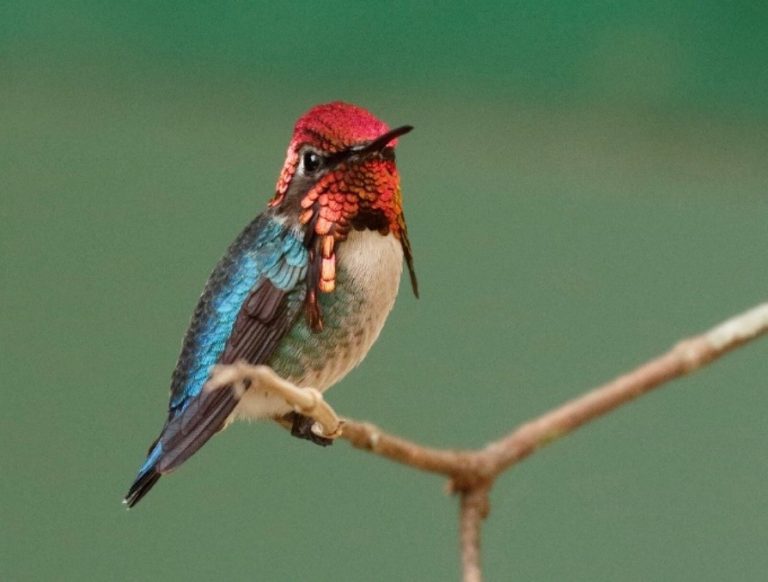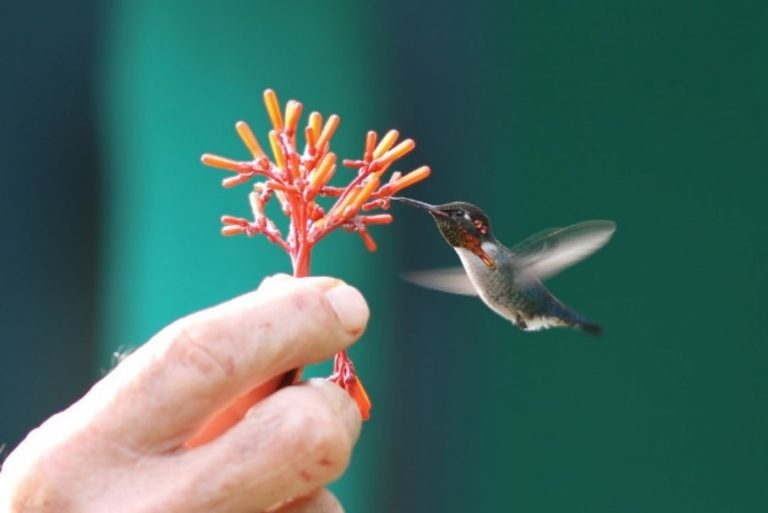Birdfinding.info ⇒ This remarkable miniature species is rare and declining, and may qualify as endangered, but it can still be found reliably at a few sites. The easiest place to see it is the home of Bernabe Hernández Ulloa (a.k.a. Casa del Zunzun) in the village of Pálpite, about 5 km north of Playa Larga at the eastern edge of the Zapata Swamp. It can also be seen reliably east of Playa Larga at Bermejas Wildlife Refuge, and somewhat less reliably within Playa Larga proper. There are also two well-known reliable sites within Península de Guanahacabibes National Park: María La Gorda and La Berraco. In the far east, known sites include the Recreo Trail in Alejandro de Humboldt National Park and Siboney, east of Santiago de Cuba.
Bee Hummingbird
Mellisuga helenae
Endemic to Cuba and the Isle of Youth, where it occurs in open woodlands, forest edge, scrub, and gardens.
Current distribution is patchy following long-term declines. Populations remain in at least four areas: (1) westernmost Cuba in Península de Guanahacabibes National Park; (2) the mountains of Pinar del Río and Artemisa; (3) the Zapata Swamp region of southern Matanzas; and (4) easternmost Cuba, from eastern Holguin and Santiago de Cuba east throughout much of Guantánamo Province. Its current status on the Isle of Youth is uncertain.
Wanderers are sometimes recorded away from the known populations, and could turn up anywhere in Cuba. In recent years most such records have been along the northern coast from Havana to the Varadero Peninsula, with a few in central Cuba at heavily visited sites including Topes de Collantes National Park, Cayo Coco, and La Belén.
Identification
The smallest bird in the world. Specifically, the adult male is the smallest adult bird, with an average weight of 1.95 grams.
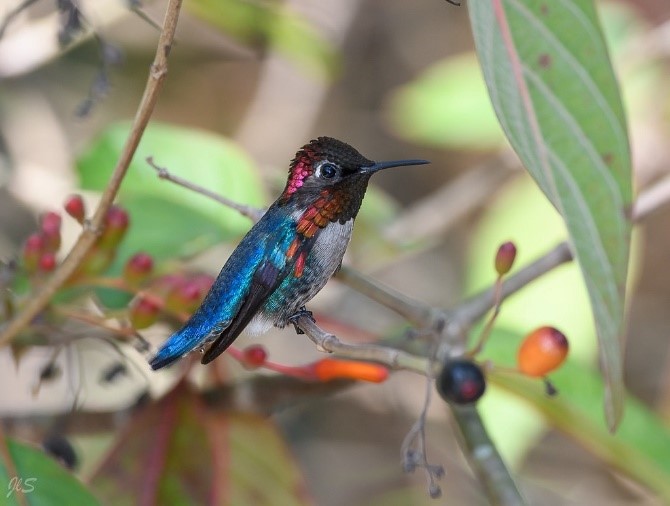
Bee Hummingbird, male. (Pálpite, Matanzas, Cuba; February 24, 2019.) © JLS@Photos
Adult males have a red helmet and gorget, with projections that extend far down the sides of the chest.
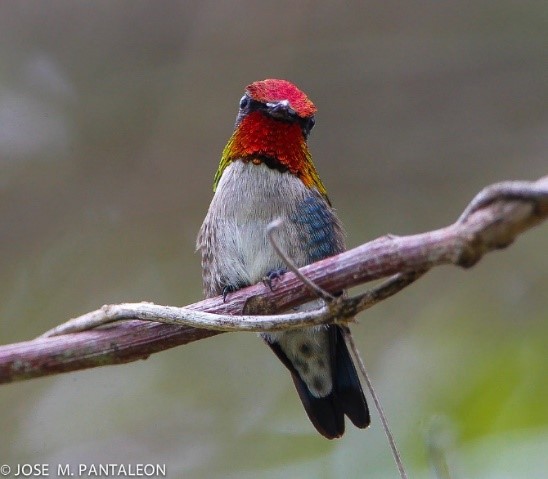
Bee Hummingbird, male, full frontal view. (Bermejas Wildlife Refuge, Matanzas, Cuba; May 27, 2013.) © José M. Pantaleón
The helmet and gorget are black in low light and in strong light their iridescent glow can vary from ruby red to orange.
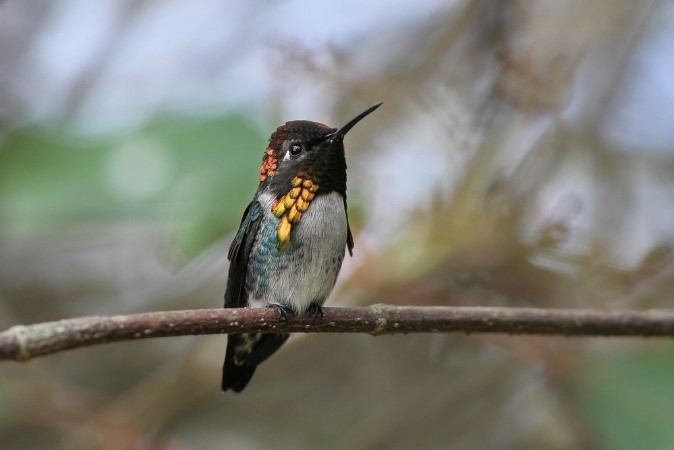
Bee Hummingbird, male in low light, showing limited iridescence. (Pálpite, Matanzas, Cuba; January 12, 2017.) © Anders Dahl
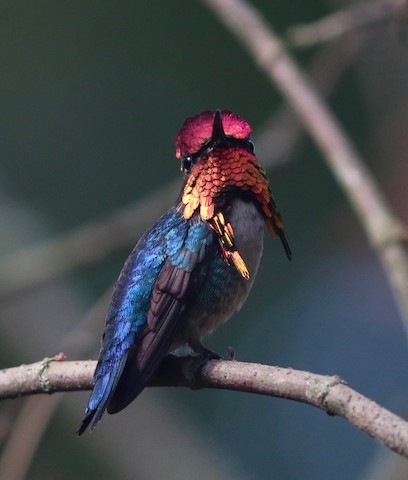
Bee Hummingbird, male. (Pálpite, Matanzas, Cuba; May 22, 2019.) © Andre Moncrieff
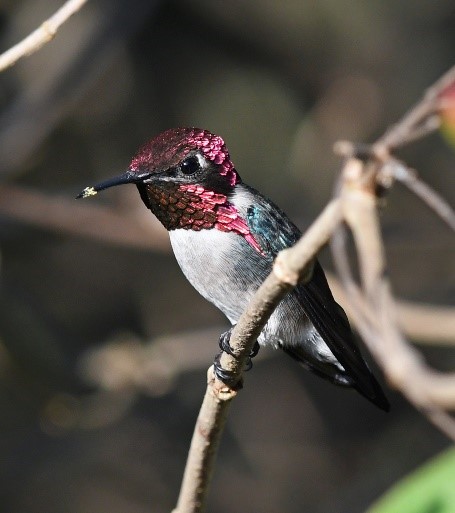
Bee Hummingbird, male. (Pálpite, Matanzas, Cuba; February 12, 2019.) © Joshua D. Vandermeulen
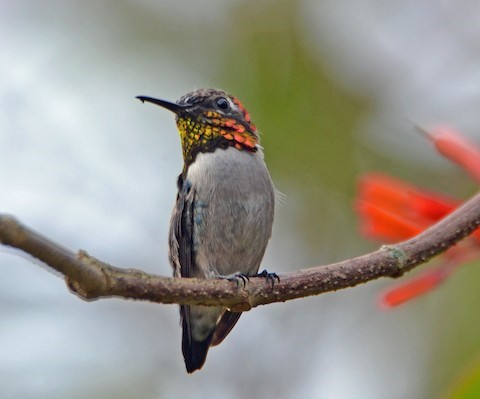
Bee Hummingbird, male with incomplete gorget. (Pálpite, Matanzas, Cuba; January 29, 2018.) © Michael J. Good
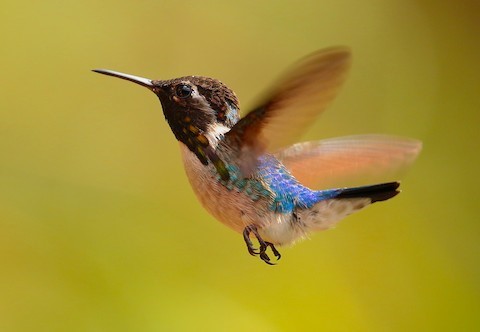
Bee Hummingbird, male as it appears without iridescence. (Pálpite, Matanzas, Cuba; February 24, 2018.) © Arco Huang
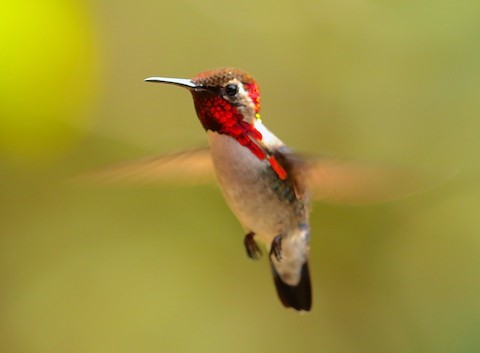
Bee Hummingbird, male. (Pálpite, Matanzas, Cuba; February 24, 2018.) © Arco Huang
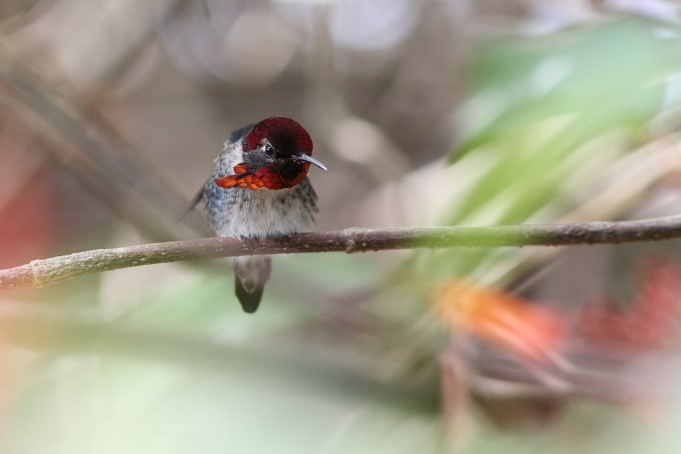
Bee Hummingbird, male. (Pálpite, Matanzas, Cuba; January 12, 2017.) © Anders Dahl
The male’s upperparts are aqua-blue. Its underparts are white with aqua-blue sides. It has a notched tail that is blue with black corners.
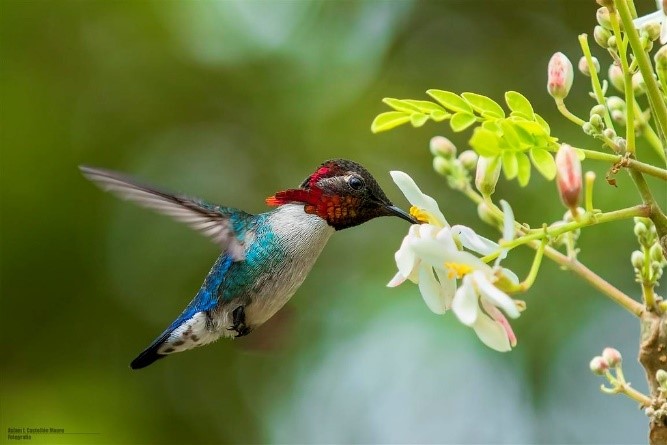
Bee Hummingbird, male showing aqua-blue upperparts and sides. (Matanzas, Cuba; February 23, 2017.) © Aslam Ibrahim Castellón Maure
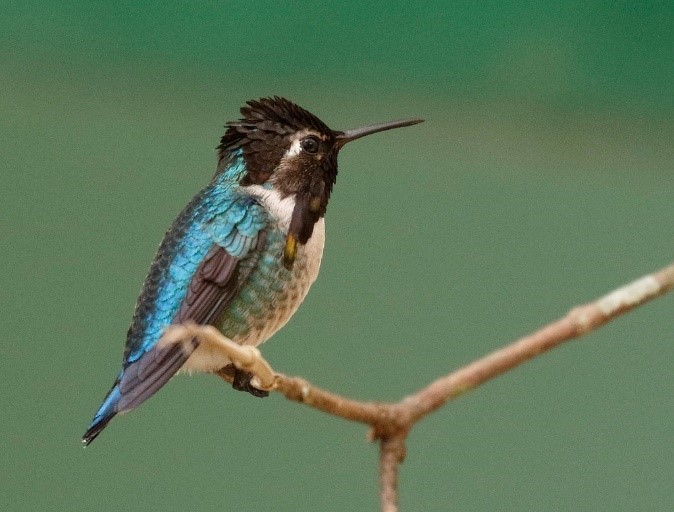
Bee Hummingbird, male showing blue on back and sides. (Pálpite, Matanzas, Cuba; March 6, 2019.) © Dave Curtis
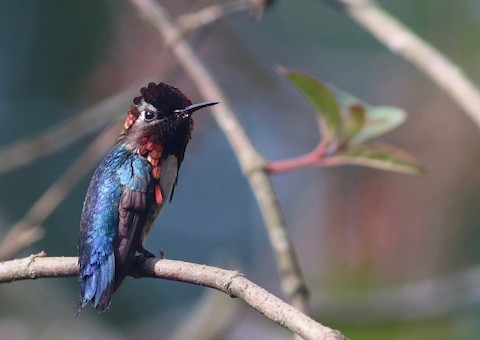
Bee Hummingbird, male showing blue upperparts. (Pálpite, Matanzas, Cuba; May 22, 2019.) © Andre Moncrieff
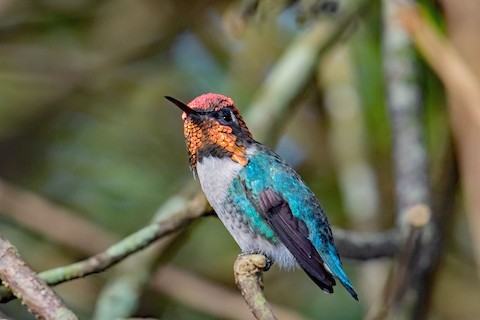
Bee Hummingbird, male showing aqua-blue upperparts and sides. (Matanzas, Cuba; December 16, 2018.) © Paul Pratt
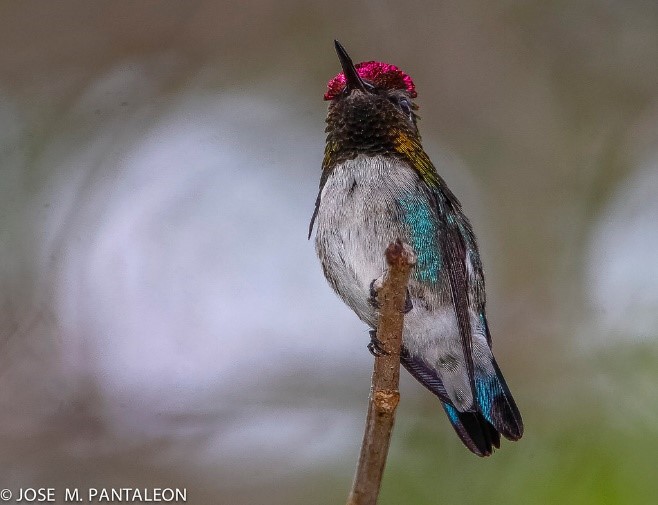
Bee Hummingbird, male showing blue on sides and undertail. (Bermejas Wildlife Refuge, Matanzas, Cuba; May 27, 2013.) © José M. Pantaleón
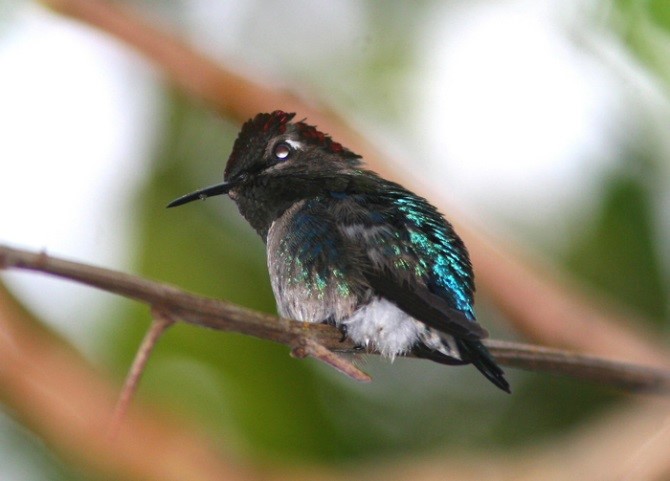
Bee Hummingbird, male showing blue on back and sides. (Bermejas Wildlife Refuge, Matanzas, Cuba; April 4, 2008.) © William Price
Females resemble adult males but are somewhat larger, lack the male’s iridescent headgear, and have white tips on their tail feathers.
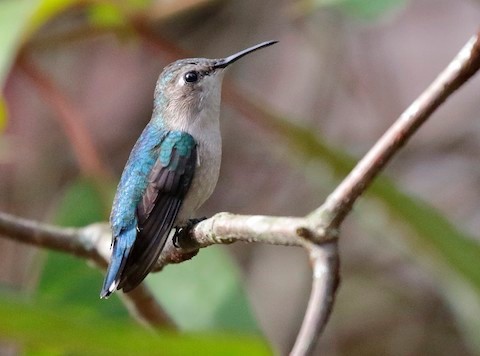
Bee Hummingbird, female. (Pálpite, Matanzas, Cuba; March 6, 2019.) © Dave Curtis
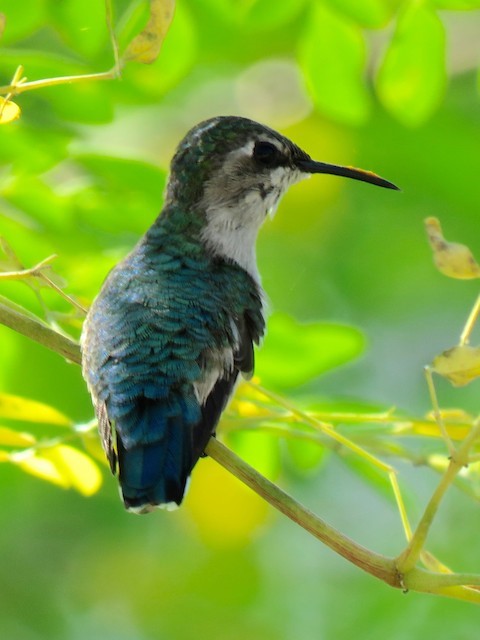
Bee Hummingbird, female—note white tips on tail feathers. (Bermejas Wildlife Refuge, Matanzas, Cuba; February 5, 2018.) © Eric Weir
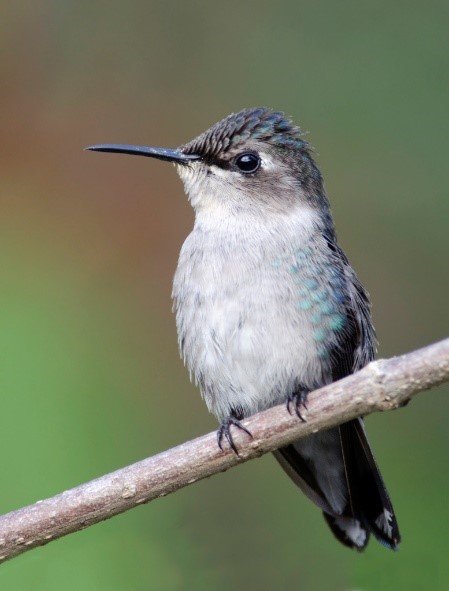
Bee Hummingbird, female—note white tips on tail feathers. (Pálpite, Matanzas, Cuba; February 15, 2017.) © Joshua D. Vadnermeulen
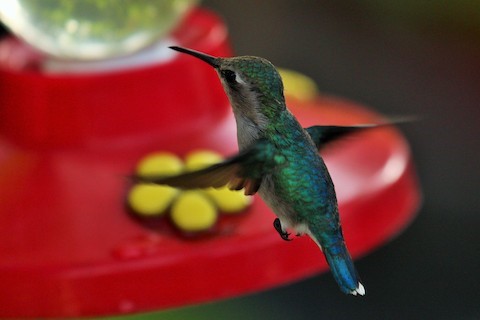
Bee Hummingbird, female—note white tips on tail feathers. (Pálpite, Matanzas, Cuba; December 6, 2016.) © Jason Estep
Immature males resemble females but are smaller and lack the white-tipped tail.
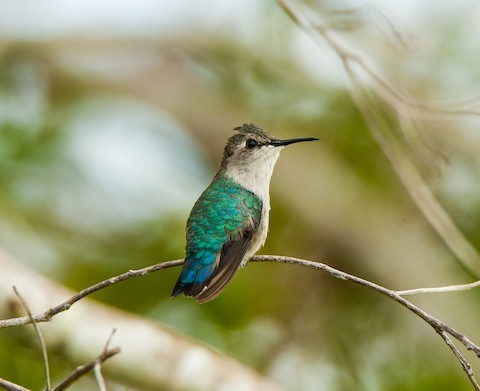
Bee Hummingbird, immature male. (Guantánamo Bay, Cuba; November 5, 2017.) © Wayne Fidler
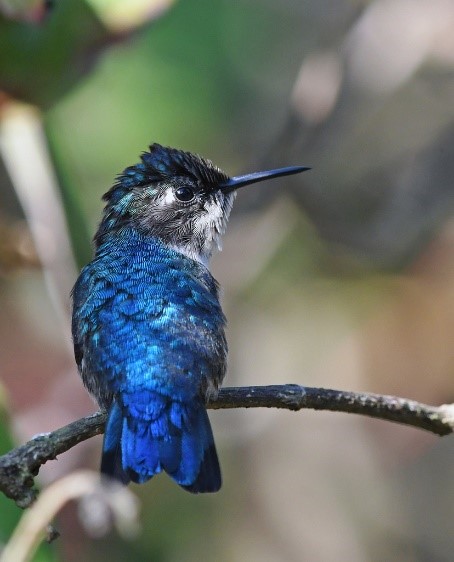
Bee Hummingbird, immature male—note black corners on tail. (Pálpite, Matanzas, Cuba; February 12, 2019.) © Joshua D. Vadnermeulen
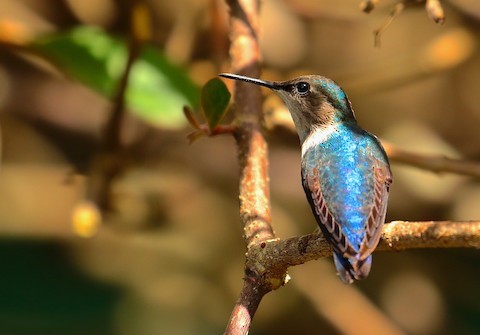
Bee Hummingbird, immature male. (Pálpite, Matanzas, Cuba; February 24, 2018.) © Arco Huang
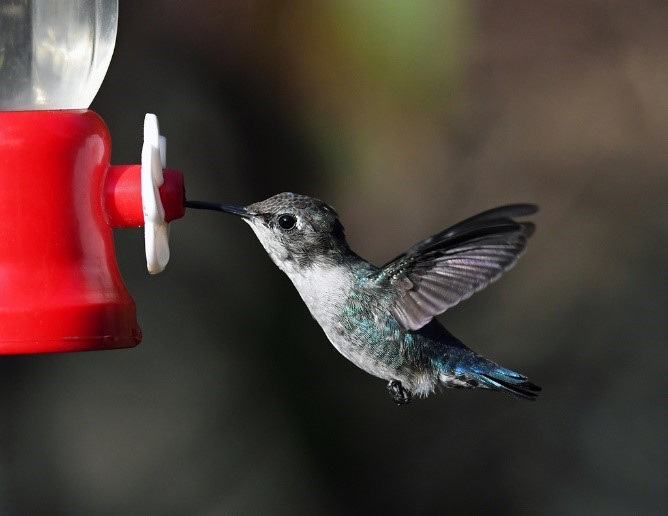
Bee Hummingbird, immature male. (Pálpite, Matanzas, Cuba; February 12, 2019.) © Joshua D. Vadnermeulen
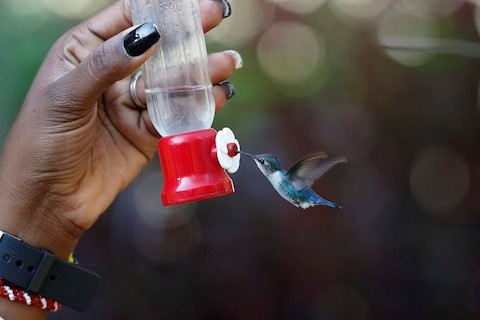
Bee Hummingbird, immature male. (Pálpite, Matanzas, Cuba; March 6, 2019.) © Dave Curtis
Notes
Monotypic species.
IUCN Red List Status: Near Threatened.
References
BirdLife International 2016. Mellisuga helenae. The IUCN Red List of Threatened Species 2016: e.T22688214A93187682. http://dx.doi.org/10.2305/IUCN.UK.2016-3.RLTS.T22688214A93187682.en. (Accessed August 18, 2019.)
Chai, P., and G.M. Kirwan. 2019. Bee Hummingbird (Mellisuga helenae). In Handbook of the Birds of the World Alive (J. del Hoyo, A. Elliott, J. Sargatal, D.A. Christie, and E. de Juana, eds.). Lynx Edicions, Barcelona. https://www.hbw.com/node/55653. (Accessed August 18, 2019.)
eBird. 2019. eBird: An online database of bird distribution and abundance. Cornell Lab of Ornithology, Ithaca, N.Y. http://www.ebird.org. (Accessed August 18, 2019.)
Fogden, M., M. Taylor, and S.L. Williamson. 2014. Hummingbirds: A Life-size Guide to Every Species. HarperCollins, New York.
Garrido, O.H, and A. Kirkconnell. 2000. Field Guide to the Birds of Cuba. Cornell University Press, Ithaca, N.Y.
Navarro, N. 2015. Field Guide to the Endemic Birds of Cuba. Ediciones Nuevos Mundos, St. Augustine, Florida.
Raffaele, H., J. Wiley, O. Garrido, A. Keith, and J. Raffaele. 1998. A Guide to the Birds of the West Indies. Princeton University Press, Princeton, N.J.
